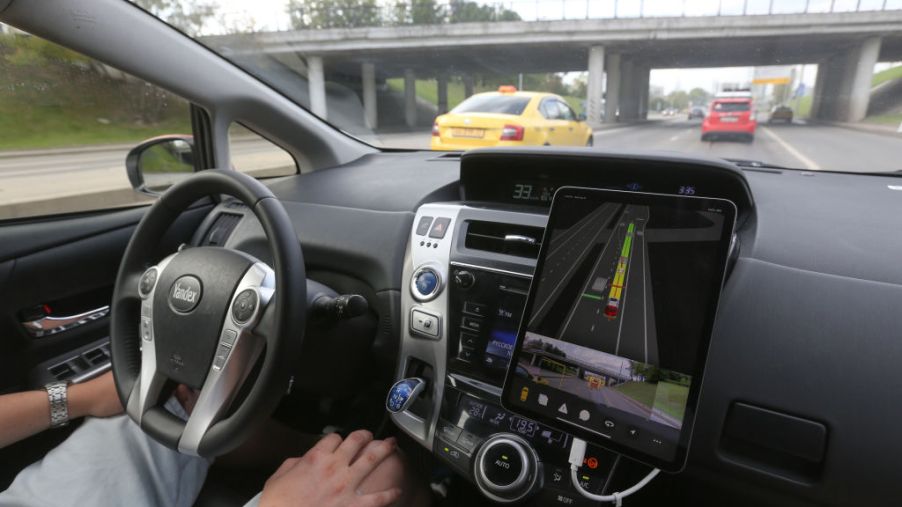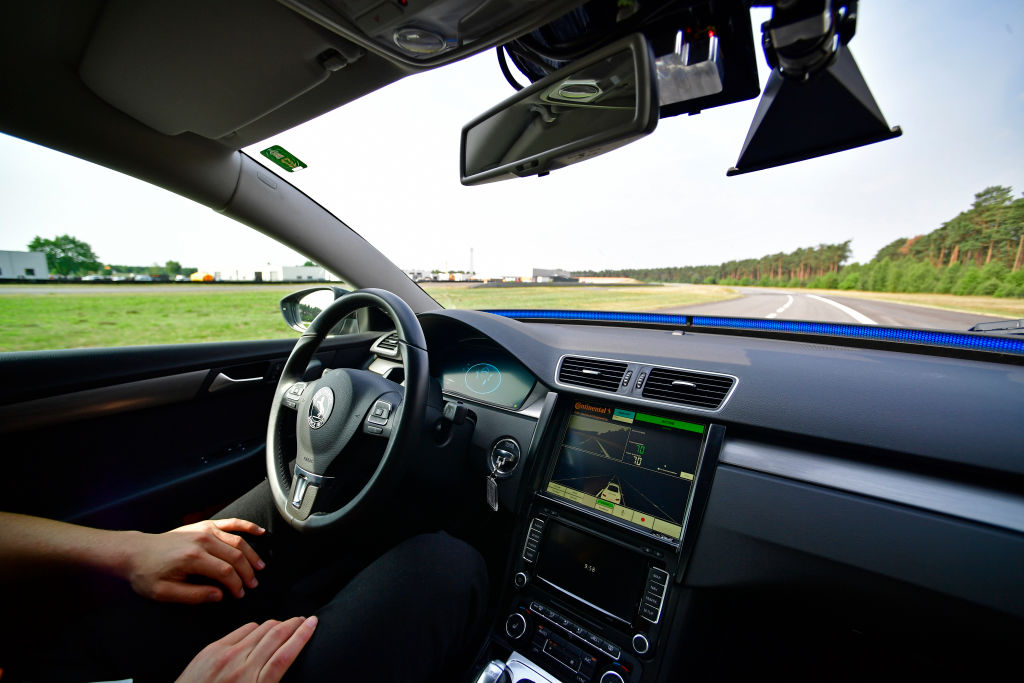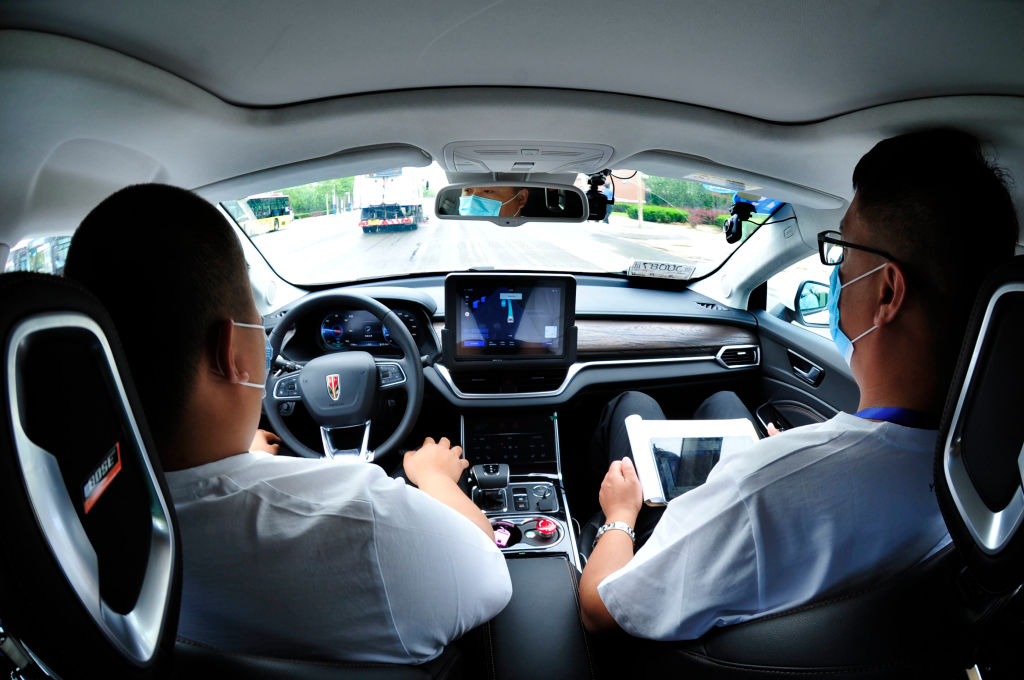
What Are the Different Levels Of Self-Driving Cars?
Self-driving cars are a hot topic of conversation as automakers work to make their vehicle lineups more innovative. Ford has teased its plans to introduce a fleet of self-driving vehicles for years, so have other companies, including Tesla and Lexus. Still, we are aways from seeing fully automated cars on the road at this point. As automated vehicles continue to evolve, there are six automation levels that they’ll have to complete. We’ll go over the six degrees and how close we are to seeing more automated technology.
First, the roadmap to self-driving cars

The National Highway Traffic Administration is heavily involved in the safe implementation of autonomous vehicles. According to the NHTSA, over 36,560 people died in vehicle-related accidents in 2018. And 94 percent of these accidents were caused by human errors.
Self-driving cars can minimize human errors and prevent accidents altogether. These facts help to put the importance of automated vehicles in perspective. Self-driving cars aren’t just a cool trend, but a means to protect drivers, passengers, and pedestrians alike. Here’s what the levels of autonomous driving can do for you.
Level 0
We don’t have to spend too much time here since this where most vehicles are today. Level 0 means there is no automation at all. A human does all the driving.
Level 1

Level 1 is the most simplistic approach to automated driving technology. Level 1 driving features an advanced driver assistance system that assists the driver with steering or accelerating, but not at the same time. Many of the most popular safety features on the newest cars would fall under this ADAS category, including adaptive cruise control and lane-keep assist.
Level 2
Things start to get more complex on this level. Level 2 driving also features ADAS on a vehicle, but in this case, the system can command the steering and braking at the same time. The driver still has to survey activities on the road, though. A great example of this would be the new Lexus Teammate, which can help drivers complete tasks, including switching lanes and outdistancing other vehicles.
Level 3

This level features an automated driving system that can take full control in certain driving situations. Even so, drivers must still be ready to jump in when necessary to take back full control on the road. Audi was among the most popular auto brands to announce this type of technology. However, Audi ultimately abandoned the idea after legal hardships.
Level 4
Here is where the driver doesn’t have to pay attention as much. With Level 4 technology, the ADS can virtually handle various driving functions and assess the driving environment simultaneously but only during certain circumstances. Volvo plans to introduce Level 4 technology on its 2022 XC90 SUV.
Level 5

This level can genuinely control all driving functions without limitations. The driver gets to act as a passenger here. Tesla claims that they will be able to launch this technology in 2021, but there are reasons to be skeptical about that.


